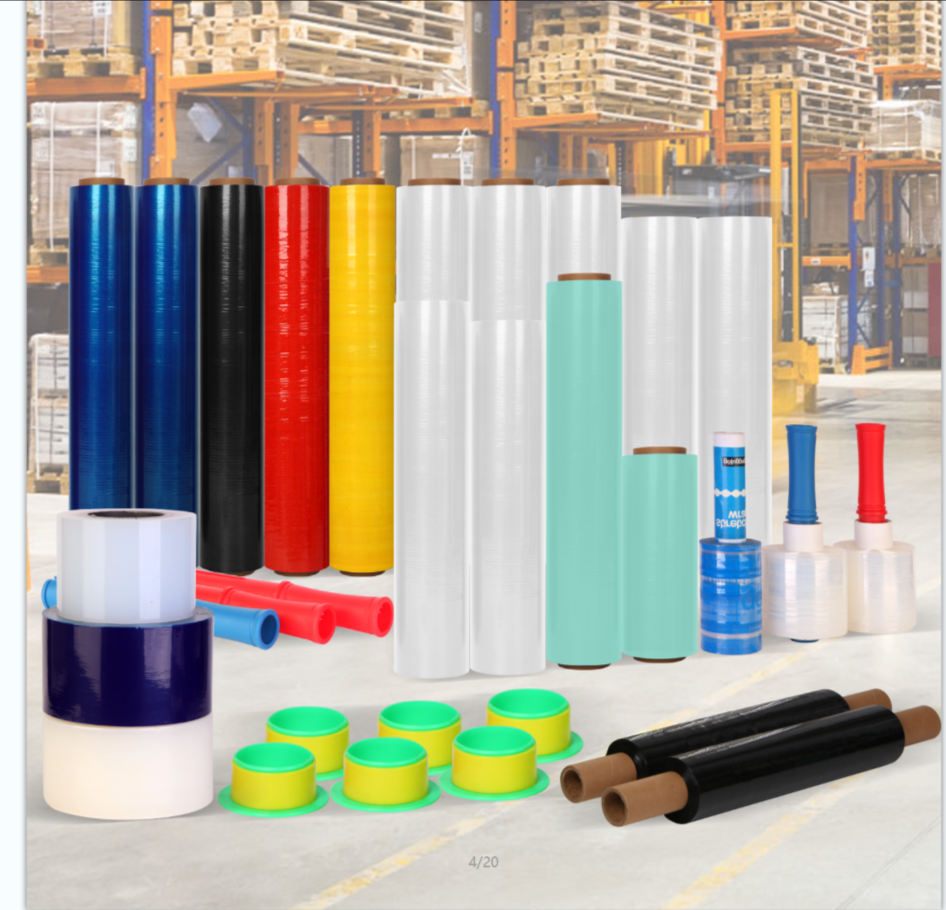stretch wrap roll
Understanding Stretch Wrap Rolls A Comprehensive Guide
In the world of packaging and logistics, stretch wrap rolls have emerged as essential tools to ensure the safe and efficient transportation of goods. This versatile material, often made of linear low-density polyethylene (LLDPE), is designed to provide a secure covering around products, preventing damage during storage and shipping. With a plethora of options available in the market, understanding the advantages, types, and applications of stretch wrap can greatly enhance both domestic and industrial packing processes.
What is Stretch Wrap?
Stretch wrap, also known as stretch film, is a thin plastic film that can stretch to conform tightly around items. It is designed to cling to itself, creating a secure barrier that keeps items bundled together. This self-adhesive quality means that no additional tape or adhesive is needed, making the packaging process faster and more efficient.
Benefits of Using Stretch Wrap Rolls
1. Protection One of the primary functions of stretch wrap is to protect products from dust, moisture, and damage. Whether you're shipping fragile items or storing goods for an extended period, stretch wrap creates a protective barrier.
2. Stability When wrapping items on pallets, stretch wrap provides stability during transport. It keeps items from shifting or falling apart, which is crucial in preventing accidents and ensuring that products arrive at their destination intact.
3. Cost-Effectiveness Stretch wrap rolls are relatively inexpensive compared to other packaging materials. They not only reduce the risk of damage—which can lead to costly replacements—but also save on storage space, as they can be used to cover multiple items in less space.
4. Versatility Stretch wrap is available in various thicknesses, widths, and formulations, making it suitable for a wide range of applications. From retail packaging to bulk shipping, it can adapt to the specific needs of different industries.
stretch wrap roll

Types of Stretch Wrap
1. Hand Stretch Wrap This type comes in rolls designed to be used manually. They are ideal for smaller operations or for wrapping individual items. Hand stretch wrap typically comes with a thickness ranging from 15 to 20 microns.
2. Machine Stretch Wrap Machine stretch films are engineered for high-volume applications and can be used with automated wrapping machines. These films are usually thinner yet stronger, allowing for efficient high-speed wrapping.
3. Colored and Printed Stretch Wrap While traditional stretch wrap is clear, colored and printed options are also available for branding or visibility purposes. These wraps can enhance product presentation and security.
Applications of Stretch Wrap
Stretch wrap is prevalent across various sectors. In the manufacturing industry, it is used to secure pallets for shipment. In warehousing, it helps organize inventory and protect products during storage. Retail stores often use stretch wrap to bundle items, while food distributors rely on it to keep perishables safe from contamination.
Conclusion
As industries continue to evolve, the demand for effective packaging solutions will only grow. Stretch wrap rolls stand out as an indispensable tool that not only protects products but also enhances operational efficiency. By understanding the benefits, types, and applications of stretch wrap, businesses can make informed decisions that lead to improved logistics and customer satisfaction. Whether you're a small business owner or part of a large corporation, incorporating stretch wrap into your packaging strategy is a smart move that pays dividends in the long run.
-
The Best Uses for Small Trash Bags in Daily LifeNewsJul.01,2025
-
Stylish Reusable Grocery Bags TrendsNewsJul.01,2025
-
Shipping Advantages of Using Bubble Envelopes BulkNewsJul.01,2025
-
How Compostable Mailing Bags Reduce Environmental ImpactNewsJul.01,2025
-
Environmentally - Friendly Bulk Poly MailersNewsJul.01,2025
-
Eco Friendly Custom Laminated Tote BagsNewsJul.01,2025
-
Have the freedom of customizing your custom mailers any way you want! Our dedicated packaging support will help deliver you the mailing experience you need to elevate your shipping experience to the next level! Start making a strong impression on your customers and stand out from your competitors! -
LIYA uses high quality raw materials which directly purchased from large enterprises domestic and overseas such as PetroChina, Sinopec, Sabic, Equate, ExxonMobil, Dow Chemical, Total, and Borouge, ensuring the price advantage and quality of the raw materials. -
LIYA uses high quality raw materials which directly purchased from large enterprises domestic and overseas such as PetroChina, Sinopec, Sabic, Equate, ExxonMobil, Dow Chemical, Total, and Borouge, ensuring the price advantage and quality of the raw materials.





